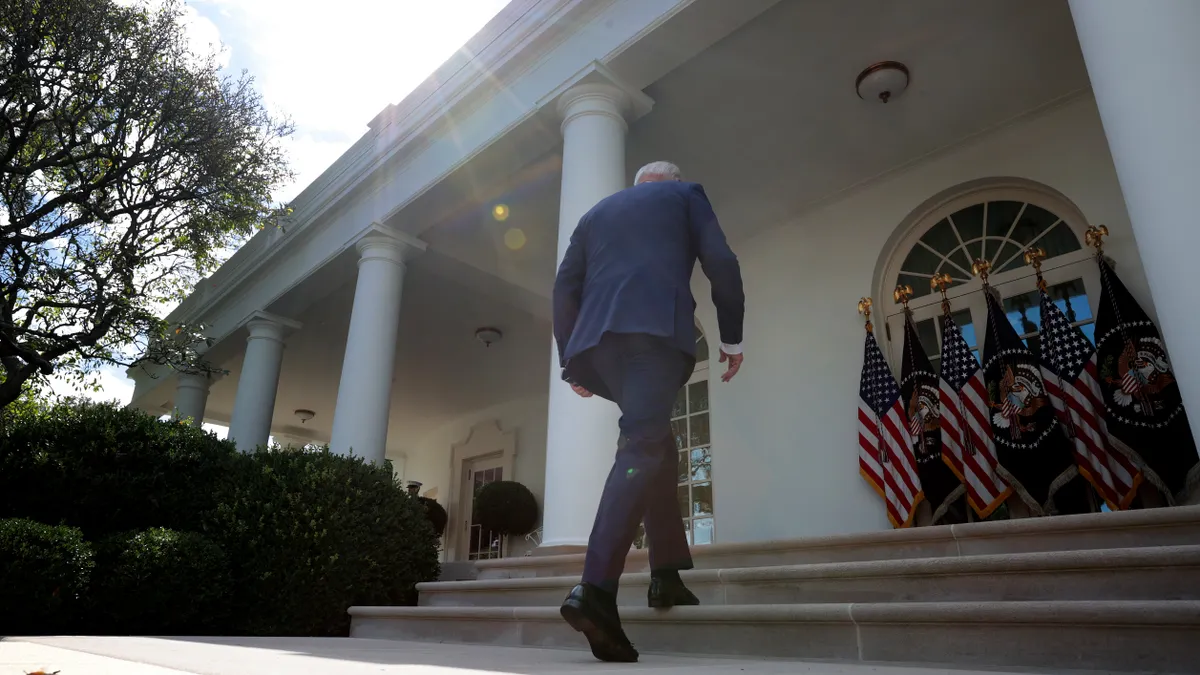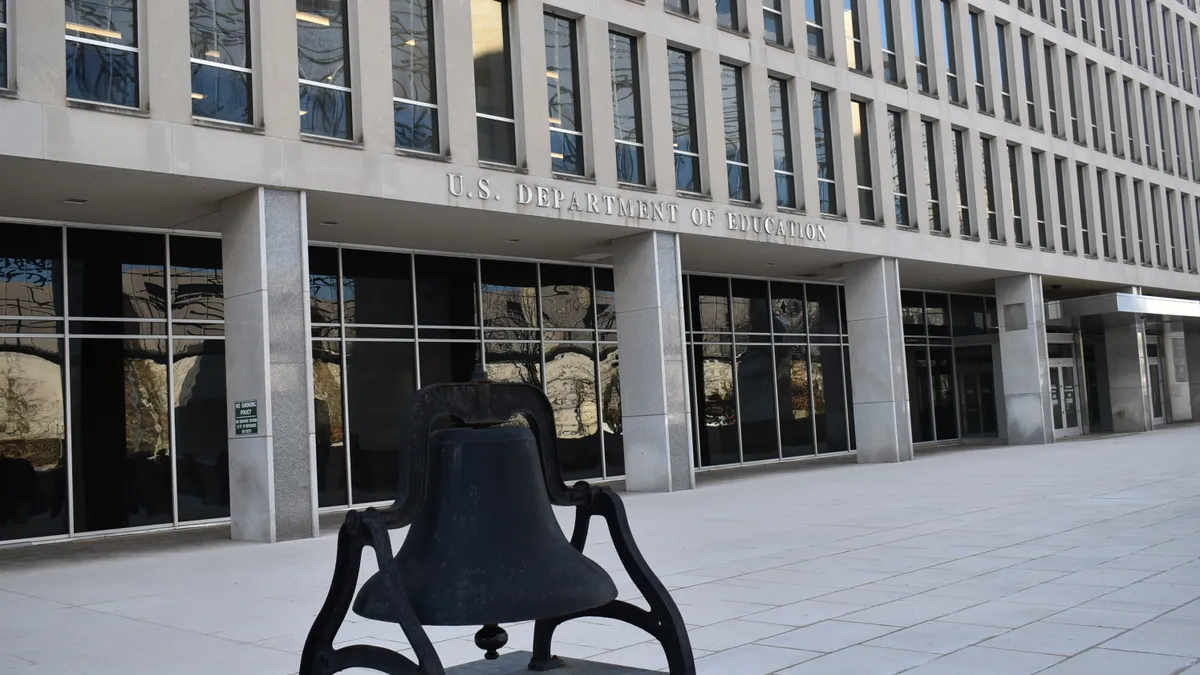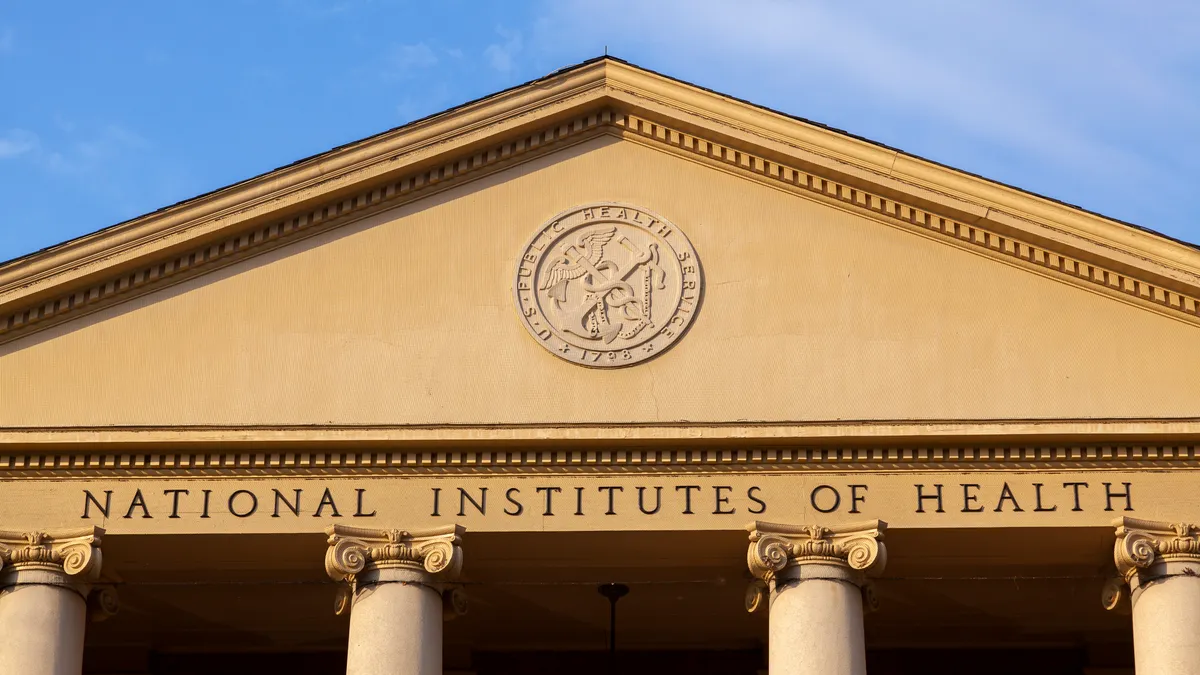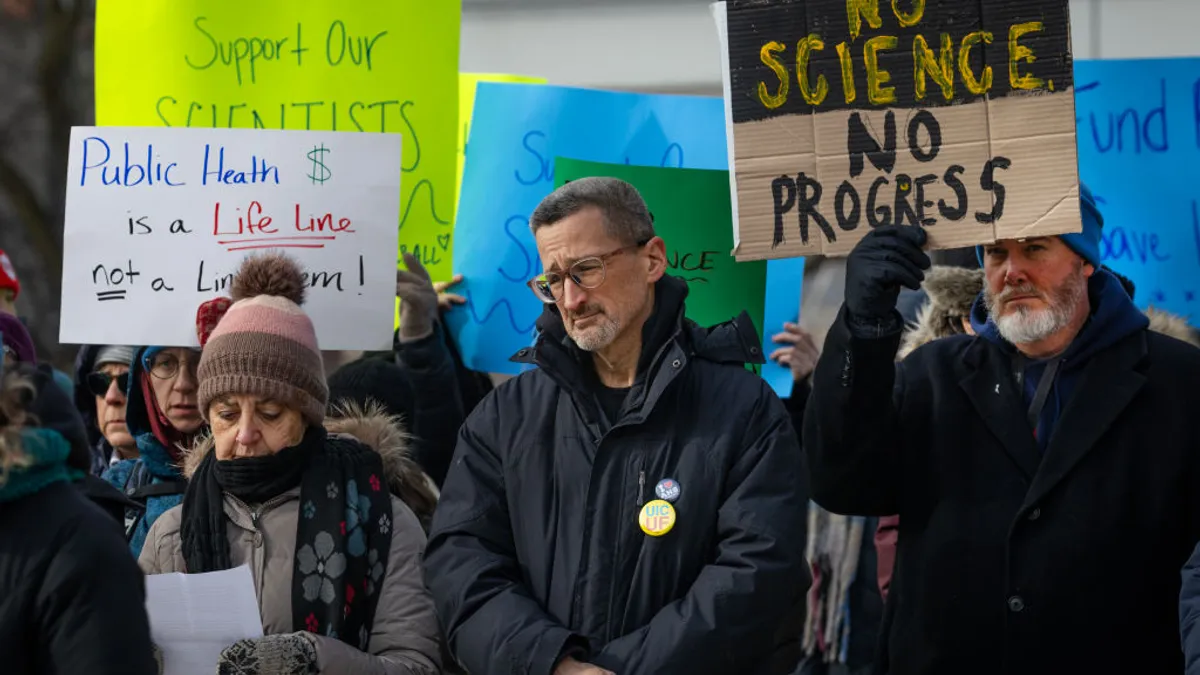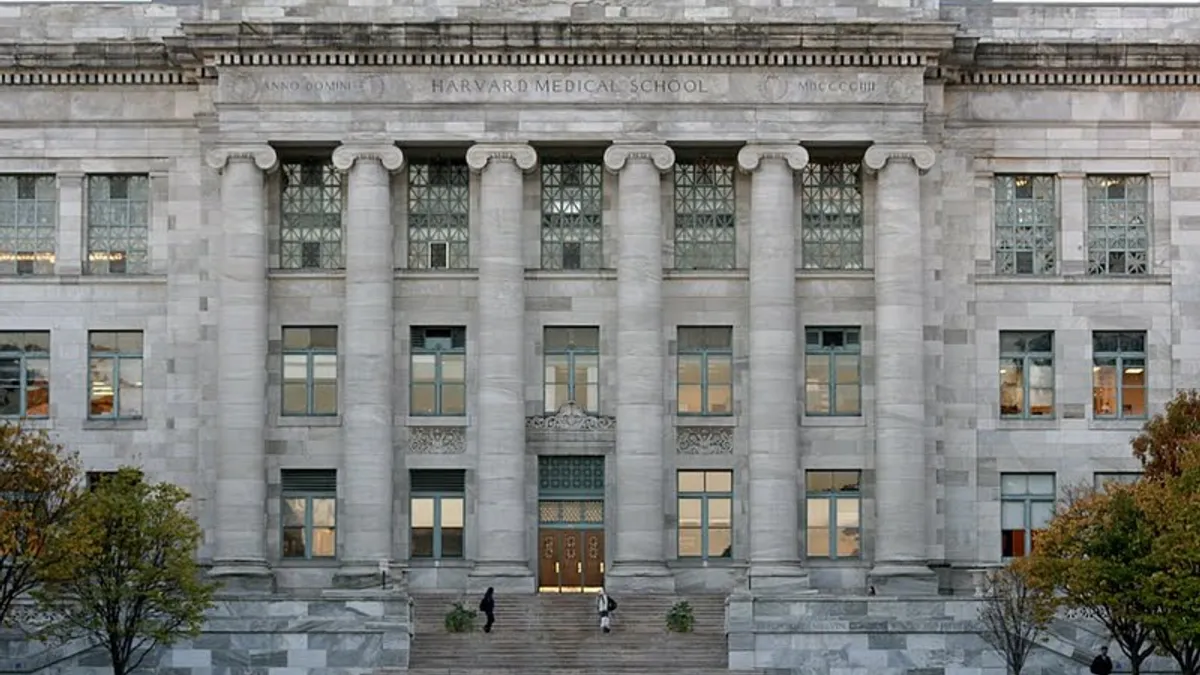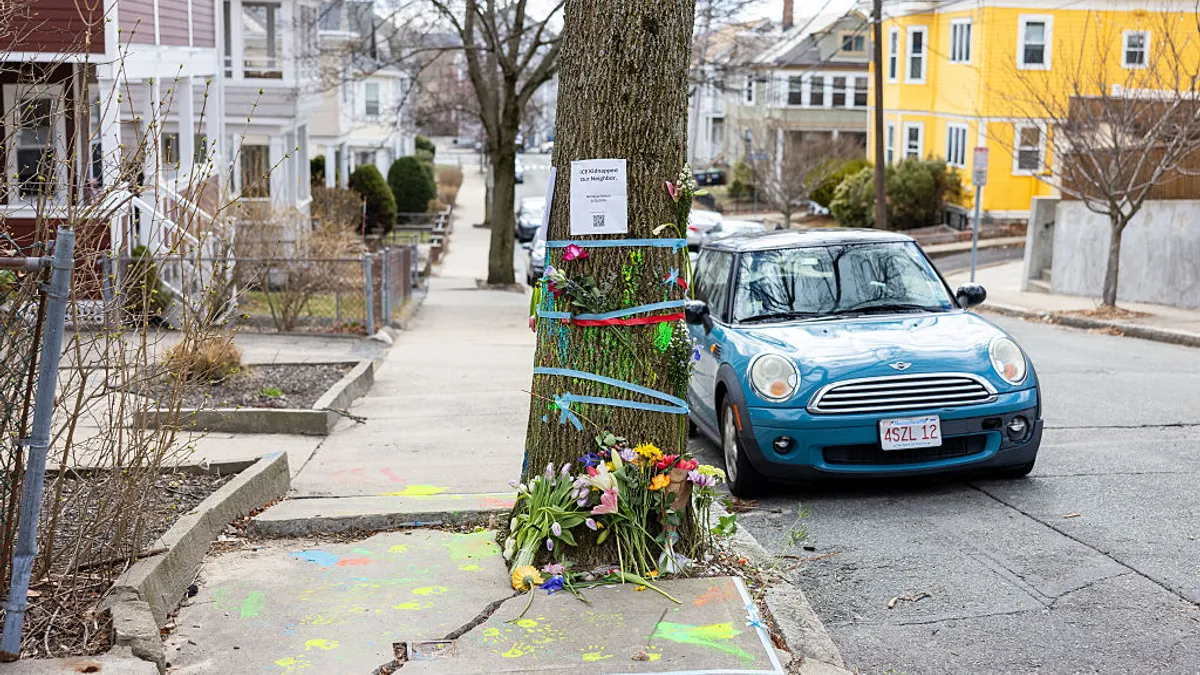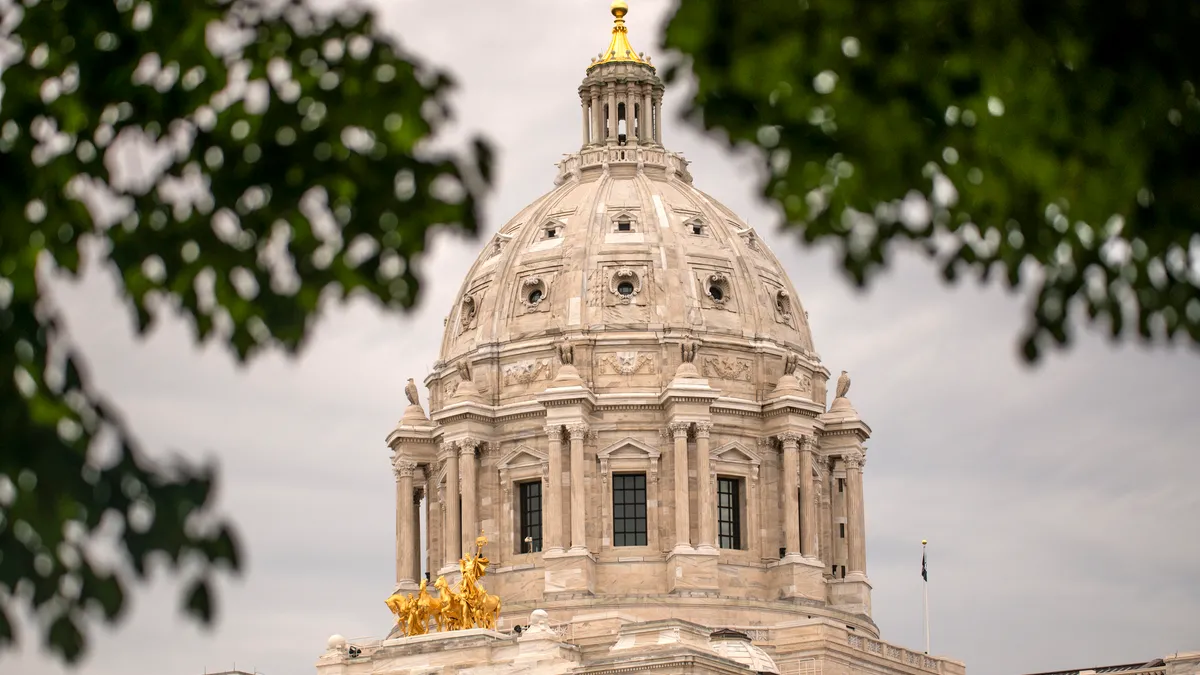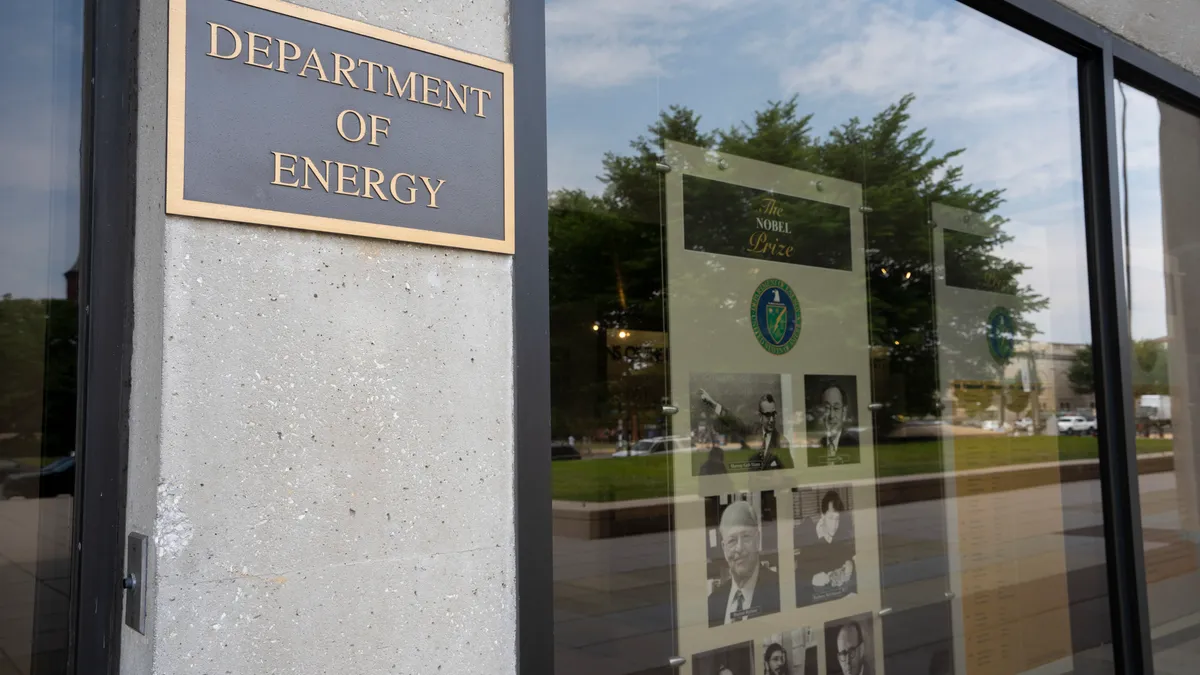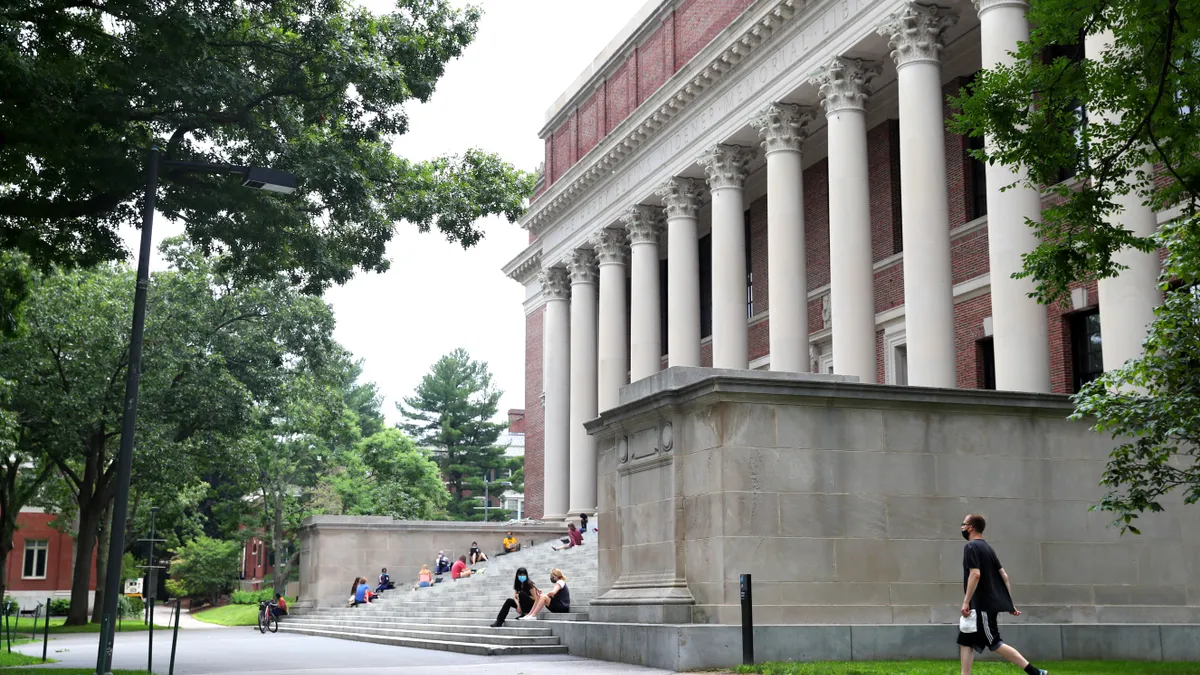James Kvaal is the outgoing U.S. under secretary of education. His tenure ends with the inauguration of Donald Trump on Jan. 20.
After decades of an accelerating student debt crisis, Joe Biden is the first president to use every available tool to alleviate the burden of borrowing for college. He will be remembered for turning the page on the worst consequences of the country’s failed experiment with debt-financed college and beginning a new chapter on how to pay for higher education.
For the past two generations, increasing reliance on student debt seemed like an easy solution to paying for college. Loan terms were set at no cost to the government, and students were expected to easily earn enough to pay the loans back following graduation.
But it didn’t work out that way. One in three borrowers don’t graduate, leaving them with debt but no degree. Because interest piles up so fast, more than 20 million people owe more than they borrowed. Before the pandemic, more than a million people default on their college loans every year.
Some critics say that student debt affects borrowers of all income levels equally. But hair stylists, massage therapists and other workers earning modest wages often went into debt to get the training, certificates or degrees needed for their jobs. And debt is not just a problem for the roughly 43 million people with student loans. It hurts their families and communities because it stands in the way of economic security, homeownership and potential new businesses.
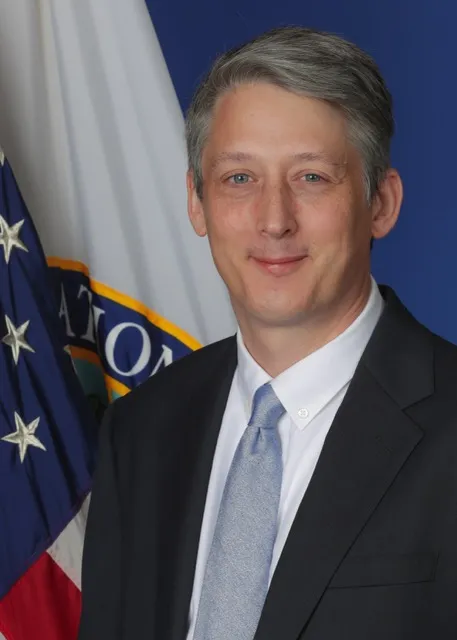
Others say we should eliminate student debt altogether. But until Congress and states invest in lower tuitions and larger scholarships — as President Biden has proposed — loans will remain essential for many low-income and middle-class students.
The COVID-19 pandemic exacerbated these festering problems. Nearly 3 of every 5 students lacked adequate access to food or housing during the pandemic, putting them at risk of dropping out. And most borrowers of modest means expected they couldn’t afford loan payments.
By pausing payments and interest on federal loans, the administration saved the average borrower in repayment more than $3,800 and helped them persevere through the national emergency. President Biden also fought partisan opponents in court for up to $20,000 in one-time relief for borrowers — all the way to the U.S. Supreme Court.
While the pause gave borrowers a break, the U.S. Department of Education worked on long-term solutions.
First, we focused on people who were owed forgiveness but were blocked by bureaucracy.
For example, only 7,000 people had ever received Public Service Loan Forgiveness from the program's creation in 2007 to when President Biden took office in 2021. Many public servants planned their careers around this benefit only to learn too late that they had the wrong type of loan or had spent years in the wrong repayment plan. Now, more than 1 million borrowers have received the relief they earned.
We also kept promises to borrowers with permanent disabilities and those who were cheated by colleges. In total, we have approved more than 5 million people for loan relief. Many more borrowers are set to benefit in the years to come.
I’ve heard countless stories about what this life-changing relief has meant for Americans. They say they are finally able to plan for retirement, pay off medical expenses, or even have more children.
At the same time, not all of our efforts succeeded. Some 40 million borrowers and their families continue to feel the weight of both the Supreme Court decision to deny one-time relief and litigation hindering our ability to help borrowers experiencing hardship.
Second, to help people with low incomes and high debts, the Biden administration created Saving on a Valuable Education, or SAVE — an income-driven repayment plan that could cut monthly payments in half for eligible borrowers. People making payments would finally see their balances going down, instead of up due to ballooning interest.
SAVE served almost 8 million people before partisan lawsuits held it up, and it’s now under judicial review. The SAVE plan is similar to other repayment plans the department has created over the past 30 years, and we continue to defend it in court.
These new policies are supported by a new loan servicing system — 10 years in the making — that combines greater investment and greater accountability in our contractors to help borrowers claim forgiveness if they are eligible, find affordable repayment options, and avoid default.
Third, we reformed the collection of defaulted loans to eliminate punitive practices and unnecessary hardship. We eliminated fees, expanded affordable repayment terms, and worked to ensure that borrowers in default will not be pushed into poverty — or deeper into it.
Of course, it’s not enough to just make loans more affordable. We have to address the root causes of debt.
President Biden proposed doubling the Pell Grant and achieved the largest increase in a decade. Working with First Lady Jill Biden, his long-standing call for tuition-free community college helped spur programs in 34 states and Washington, D.C. — many begun with federal funds. More broadly, we see many colleges keeping tuition costs steady, and states investing more in public colleges and universities.
The administration also took on Washington D.C. lobbyists to create the strongest-ever accountability rules to ensure that students know the likelihood of affording loans before they borrow and that colleges do not routinely leave students with unaffordable debt. The worst-performing career programs will no longer be able to offer federal aid.
Any administration leaving office feels as though its work is unfinished. Borrowers who need access to more affordable monthly payments but are currently blocked by lawsuits may need to wait longer to enroll in college. In 2025, some borrowers face penalties for late payments for the first time in five years, and the next administration will need to prioritize helping them avoid default and stay on track in repayment.
Federal and state policymakers and college leaders face a choice: Finish what President Biden started by investing in college affordability and helping borrowers who cannot afford their debts, or reignite the failed experiment that got us to this point.


